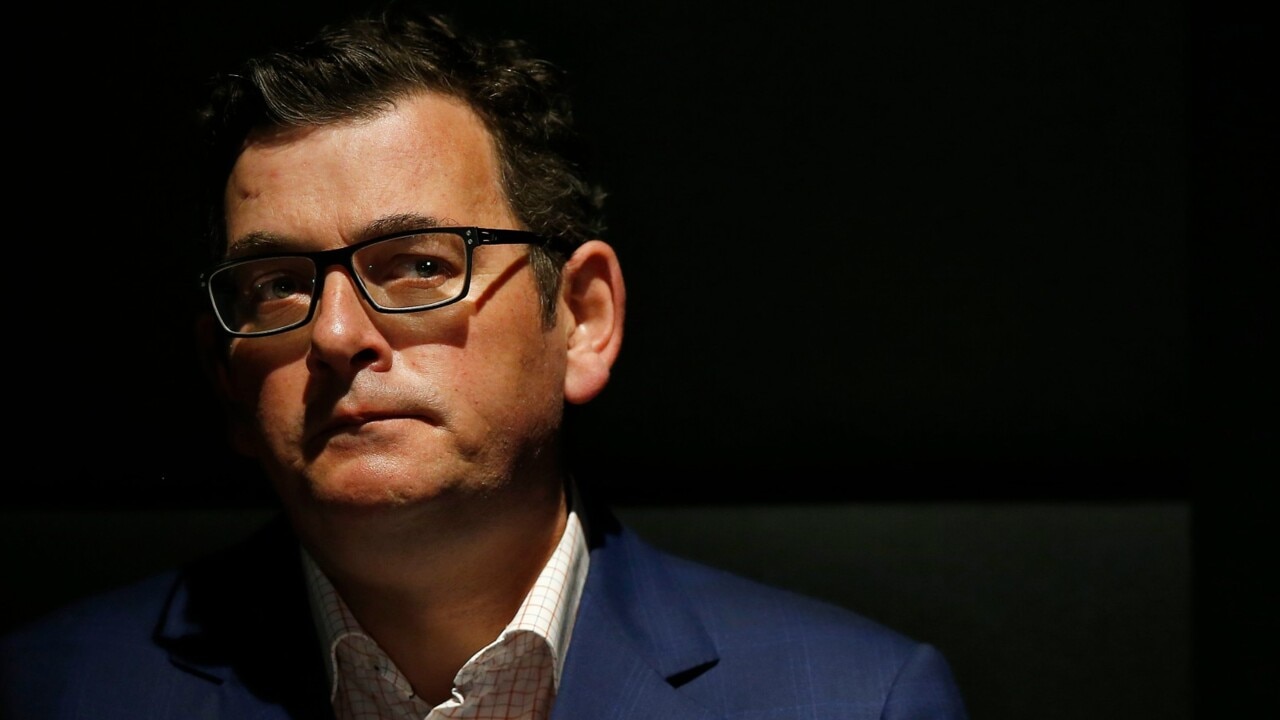
Victoria is also uniquely placed to help the nation move to net zero carbon in 2050 while limiting power price rises.
Once again the state’s politicians, seeking electoral gains, bungled it and their mistakes were compounded by a mess created by a large Commonwealth bureaucracy which also has a lot of learning to do.
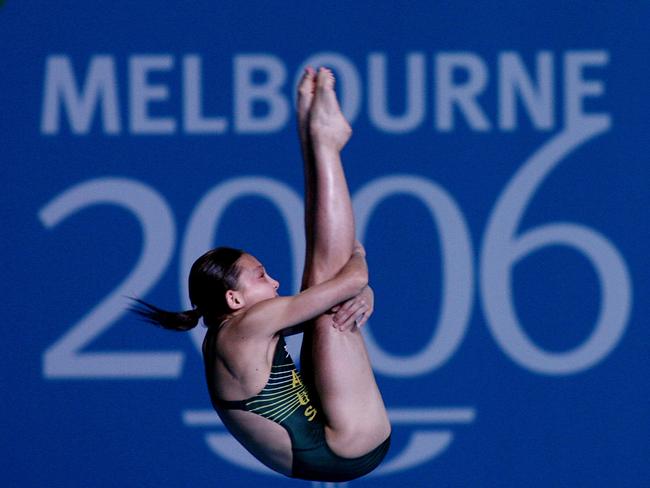
At the same time Canada, which like Australia is a member of the Climate Club, is way ahead of Australia in understanding the strategies required for a low-cost carbon zero conversion.
For example Canada is canvassing possible long term power prices for mining in provinces like Saskatchewan (where BHP has a huge potash project underway) that are substantially below anything available in Australia.
But we are not alone in bungling zero carbon policies.
In Europe there are pockets of derelict wind farms that are rusting away because community opposition was too powerful for the countries to get power lines to the turbines.
In Victoria the first community of wind farms was established close to the Melbourne/Portland Alcoa power line and was very successful.
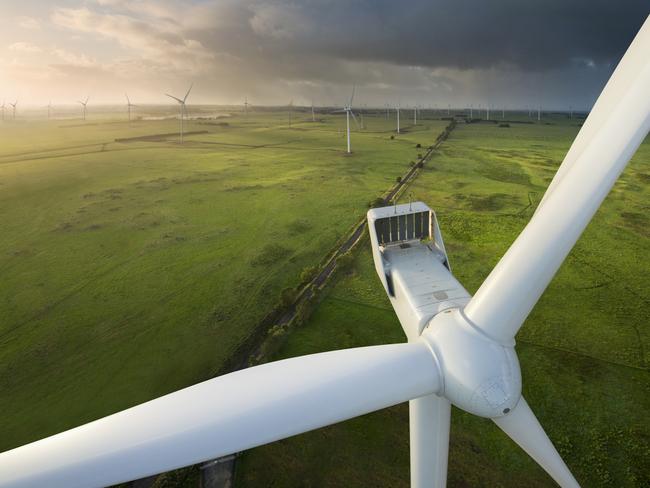
But then the Australian Energy Market Operator (AEMO), which has a staff budget of $122m, decided it wanted to put a second massive wind farm in western Victoria which required a new transmission line.
Although there was some community consultation, there was no agreement when AEMO called for tenders for the line to be built.
It would not allow any of the tenderers to consult with the local residents.
When the winning bidder AusNet, which is controlled by Canada’s Brookfield Asset Management, started to talk with communities they hit a wall of furious opposition because 220-kilovolt and 500-kilovolt towers would be up to 85 metres tall – the size of the MCG’s light towers.
In the early consultations, lower ranking AEMO people appeared to indicate that it might be possible to put the line underground (this would have blown already high costs through the roof).
The communities demanded underground lines.
The battle between the communities and AusNet continues, and the power line has not been completed.
Then AEMO also proposed a high-capacity 500 kV double-circuit overhead transmission line from western Victoria to NSW and the Murray River area.
Perhaps aware of their bad image, AEMO created a new company, Transmission Company Victoria (TCV), but the vigorous community opposition was extended to the new project.
Establishing community support for power lines is a skilled task and is not the job of organisations who are supposed to operate the power system and who are saddled with big bureaucracies.
A discredited Victorian government is now being asked to compulsorily acquire the land.
This would require legislation.
As I pointed out yesterday, wind farms only last for 30 years.
But unlike those who organise powerlines, entrepreneurs have been very skilful in gaining farmers permission to erect wind generators.
Sometimes they buy the land.
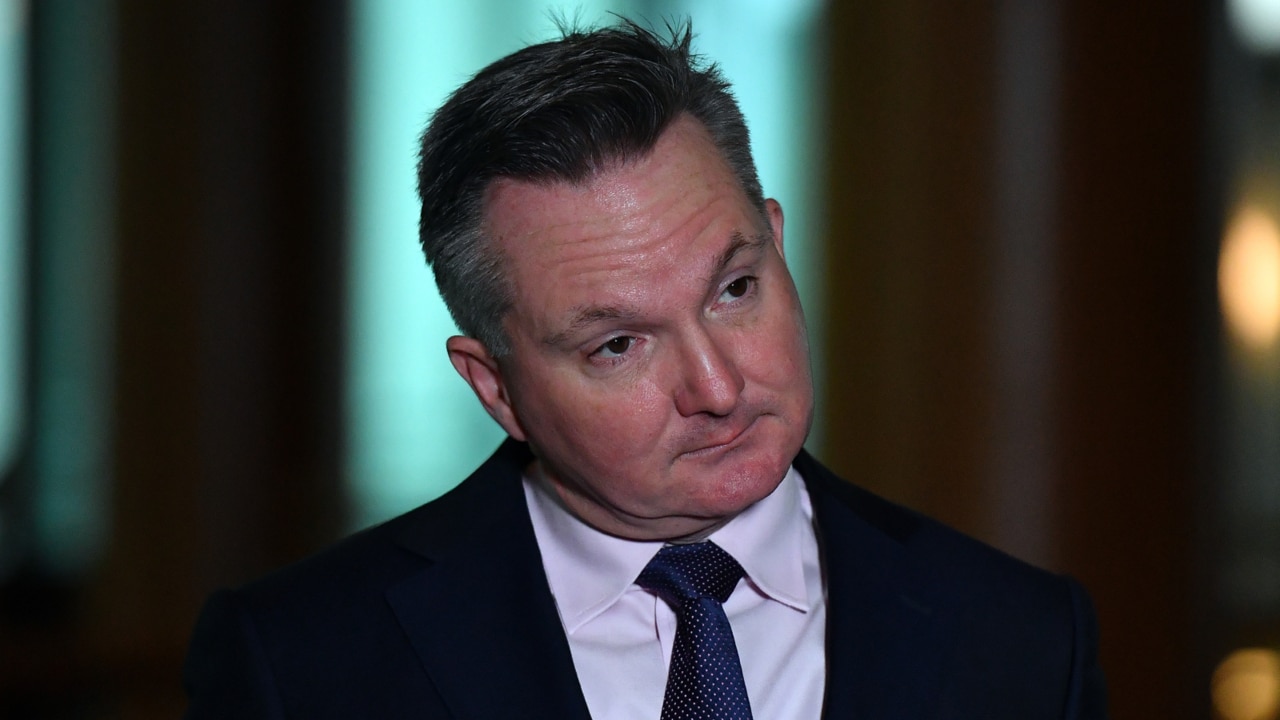
But they are then confronted by the AEMO bureaucracy which is partly sustained by the high fees charged to those seeking permission.
The years of delays and fees often send those who have spent money obtaining community wind turbine approval to the wall.
There is a place for wind farms in Australia, but we need skills in community negotiating and smooth approvals.
The cheapest and best way to develop low-cost power in Australia is to use the existing power networks.
And in Victoria that means developing power generation in the east of the state around the Latrobe Valley or around the Longford gas treatment plant near Sale.
The Victorian government needs inner city votes and so spent $42m on a committee to determine whether there was any onshore gas in Victoria but specifically banned the committee from looking at the enormous low-cost, local gas fields that don’t need fracking and had been proven by top US experts.
These deep fields are unique in the world because the deep water they produce can grow carbon-reducing plants like saltbush.
The $42m committee was a forerunner to the Commonwealth Games debacle.
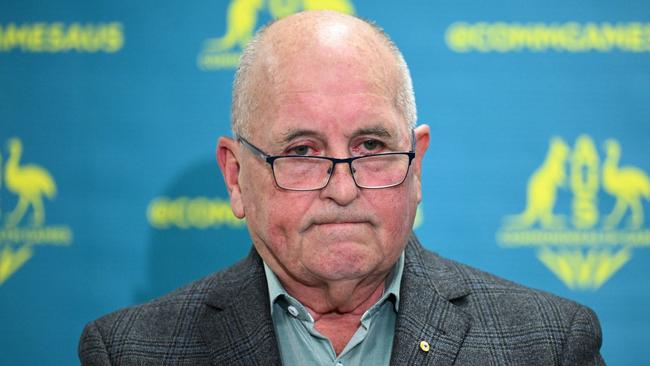
Canada understands that the days of massive nuclear power plants have probably disappeared but in their place are coming smaller nuclear plants that can be used in limited areas.
Behind that we have the most exciting development of molten salt cooled thorium power plants.
China has done an enormous amount of work on this energy source particularly around submarines, but it is now starting to commission full power plants.
We have until 2050 to go to carbon zero so we need to use the low cost, low carbon Victorian gas as an interim backup to our renewables.
We will also need to use small nuclear plants in certain areas perhaps grouped together and we need to start planning for thorium-based power in the Latrobe Valley.
NSW is planning a massive network of wind farms.
Likewise, other states will need to keep AEMO out of the way and learn from its mistakes.
And in this turmoil, consideration will need to be given to the views of the Aboriginal community.
The words of Warren Mundine AO are incredibly important:
“Australians simply I won’t tolerate a country carpeted with wind farms and solar panels filled with hazardous materials that has to be re-carpeted again and again every couple of decades. They’ll regard this as environmental desecration and destruction on a grand scale. Because it is.
“And I especially don’t believe the Aboriginal traditional owners who have rights over and are custodians of much of the land and sea that will be carpeted over will tolerate it either”.








The existing Victorian sporting facilities made it brilliantly placed to hold the Commonwealth Games at a reasonable cost, but the politicians looking for electoral votes in regions bungled it.